Home>Home Appliances>Bathroom Appliances>How To Make Paint Dry Faster Without A Hair Dryer


Bathroom Appliances
How To Make Paint Dry Faster Without A Hair Dryer
Modified: February 18, 2024
Learn effective methods to speed up paint drying without using a hair dryer. Discover quick solutions to dry paint faster using bathroom appliances. Ideal for DIY projects and home improvements.
(Many of the links in this article redirect to a specific reviewed product. Your purchase of these products through affiliate links helps to generate commission for Storables.com, at no extra cost. Learn more)
**
Introduction
**
So, you've just finished painting your bathroom and now you're eagerly waiting for the paint to dry. However, the drying process seems to be taking forever, and you're starting to wonder if there's anything you can do to speed it up without resorting to using a hair dryer. The good news is that there are several effective methods for accelerating the drying time of paint, and many of them involve using simple household items or making a few adjustments to your painting technique.
In this article, we'll delve into the science behind the drying process of paint and explore some practical tips for making paint dry faster. Whether you're a seasoned DIY enthusiast or a novice painter, these insights will help you achieve quicker drying times and get your bathroom looking fresh and vibrant in no time. So, let's roll up our sleeves and uncover the secrets to expediting the paint drying process without relying on a hair dryer.
Key Takeaways:
- Choose fast-drying paint and control temperature and humidity to speed up paint drying without a hair dryer. Natural methods like ventilation and sunlight can also help accelerate the process.
- Understanding the science behind paint drying and using practical techniques can help you achieve quicker drying times and a beautifully refreshed bathroom without relying on a hair dryer.
Read more: How To Dry Hair Without A Hair Dryer
Understanding the Drying Process of Paint
Before we dive into the strategies for speeding up paint drying, it's essential to grasp the fundamental principles behind the drying process. Paint dries through a chemical reaction that involves the evaporation of solvents and the oxidation of binders. When you apply paint to a surface, the solvents begin to evaporate, allowing the binders to coalesce and form a continuous film. As this film dries, the paint hardens and adheres to the surface, resulting in a durable finish.
The drying time of paint is influenced by various factors, including the type of paint, environmental conditions, and the thickness of the paint layer. Different types of paint, such as latex, oil-based, and acrylic, have distinct drying characteristics. Additionally, factors like temperature, humidity, and airflow play a significant role in determining how quickly paint dries.
Understanding these dynamics can help you make informed decisions when selecting paint and optimizing the drying environment. By considering the interplay of these factors, you can effectively expedite the drying process and achieve the desired results in a shorter timeframe.
Tips for Speeding Up Paint Drying
When it comes to accelerating the drying time of paint, implementing the right techniques can make a noticeable difference. Here are some tips to help you expedite the paint drying process:
- Choose the Right Paint: Opt for fast-drying paint formulations, such as quick-dry or fast-dry varieties, to minimize the drying time.
- Thin Coats: Apply paint in thin, even coats to promote faster evaporation of solvents and enhance drying efficiency.
- Temperature Control: Maintain a moderate room temperature, ideally between 70-85°F (21-29°C), to facilitate faster evaporation and drying of the paint.
- Humidity Management: Control the humidity levels in the painting area, aiming for a relative humidity of around 40-50% to expedite the drying process.
- Air Circulation: Enhance airflow by using fans or opening windows to promote faster solvent evaporation and accelerate paint drying.
- Use Additives: Consider using paint drying additives or accelerators designed to speed up the drying time without compromising the quality of the finish.
- Optimize Lighting: Utilize adequate lighting to facilitate the drying process, as certain types of light can help catalyze the oxidation of paint binders.
- Apply Heat Cautiously: If using heat sources to speed up drying, exercise caution to avoid overheating the paint, which can lead to uneven drying and compromise the finish.
By incorporating these tips into your painting routine, you can effectively reduce the drying time of paint and achieve a professional-looking result in a shorter timeframe.
Place the wet painting in a warm, dry area with good air circulation. You can also use a fan to speed up the drying process.
Using Natural Methods to Accelerate Paint Drying
Harnessing the power of natural methods can be a game-changer when it comes to expediting paint drying. Here are some effective natural techniques to accelerate the drying process:
- Ventilation: Open windows and doors to promote natural airflow, facilitating the evaporation of solvents and expediting paint drying.
- Dehumidifier: Use a dehumidifier to reduce the ambient humidity levels, creating an environment conducive to faster paint drying.
- Heat from Sunlight: Position freshly painted surfaces in direct sunlight, as the warmth and light can aid in drying the paint more rapidly.
- Baking Soda: Sprinkle a thin layer of baking soda over the painted surface to absorb moisture and enhance the drying process.
- Vinegar Solution: Create a solution of vinegar and water, then lightly mist it over the painted area to promote faster evaporation and drying.
- Coffee Grounds: Place bowls of coffee grounds near the painted surfaces to help absorb moisture from the air and expedite drying.
- Charcoal Briquettes: Similarly, positioning charcoal briquettes in the painting area can assist in absorbing excess moisture and accelerating paint drying.
- Hybrid Approach: Combine natural methods with strategic temperature and humidity control to create an optimal environment for swift paint drying.
By leveraging these natural approaches, you can harness the forces of nature to hasten the drying of paint, ensuring a smooth and efficient painting experience.
Conclusion
As you wrap up your painting project, it’s essential to recognize that the drying time of paint is influenced by a myriad of factors, and employing the right strategies can significantly expedite the process. By understanding the science behind paint drying and implementing practical techniques, you can achieve quicker drying times without relying on a hair dryer.
Whether you opt for fast-drying paint formulations, carefully control the painting environment, or harness natural methods to accelerate drying, each approach plays a vital role in expediting the drying process. Additionally, the use of additives, strategic lighting, and proper ventilation can further enhance the efficiency of paint drying, contributing to a seamless and satisfying painting experience.
By incorporating these insights into your painting endeavors, you can transform the waiting game of paint drying into a proactive and rewarding process. With a blend of knowledge, creativity, and resourcefulness, you’ll be able to achieve professional-quality results in a fraction of the time, leaving you with a beautifully refreshed bathroom to enjoy.
So, the next time you find yourself waiting for paint to dry, remember that you have a range of effective techniques at your disposal to expedite the process. By mastering the art of paint drying, you can elevate your painting endeavors and revel in the satisfaction of a job well done, all without the need for a hair dryer.
Frequently Asked Questions about How To Make Paint Dry Faster Without A Hair Dryer
Was this page helpful?
At Storables.com, we guarantee accurate and reliable information. Our content, validated by Expert Board Contributors, is crafted following stringent Editorial Policies. We're committed to providing you with well-researched, expert-backed insights for all your informational needs.
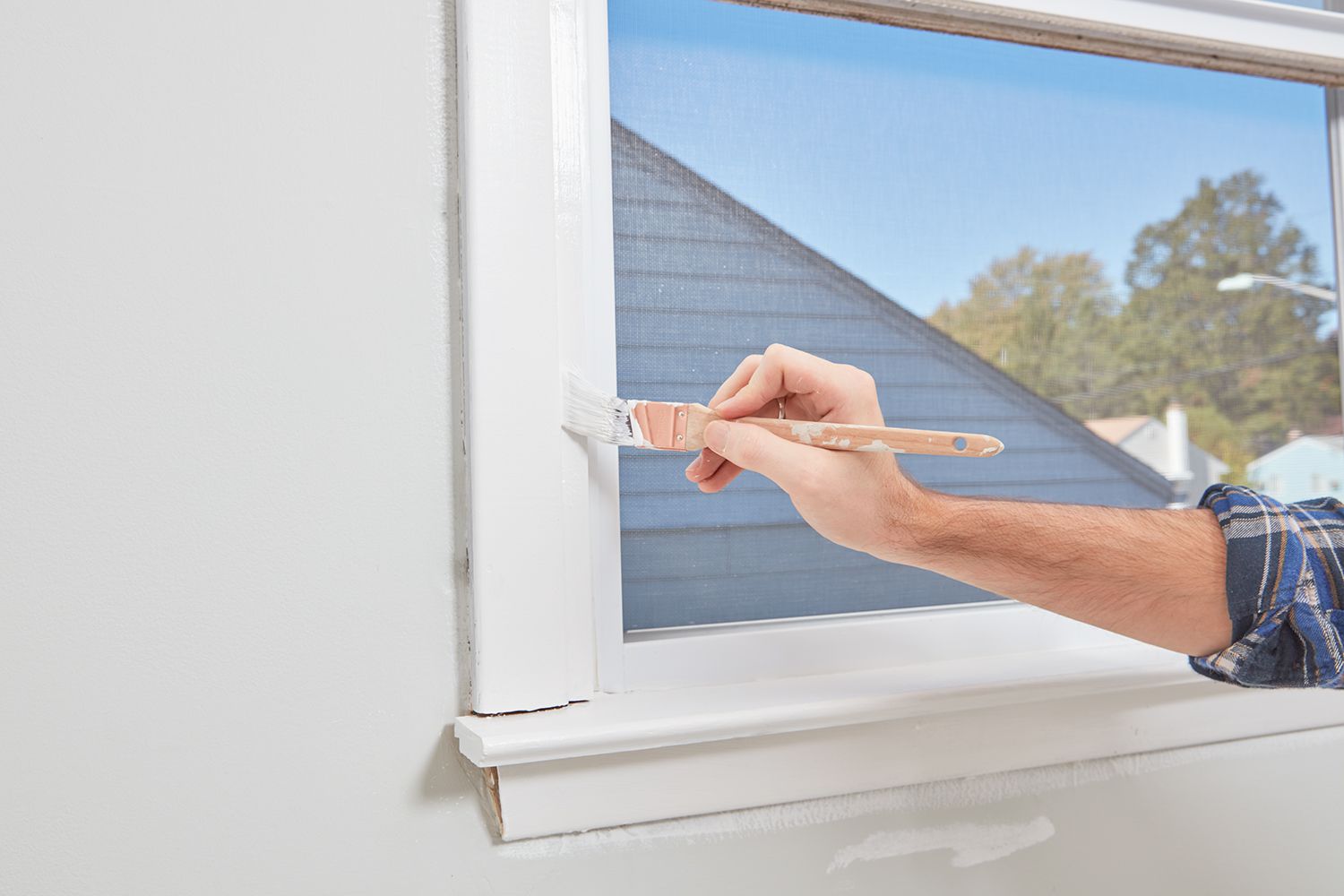
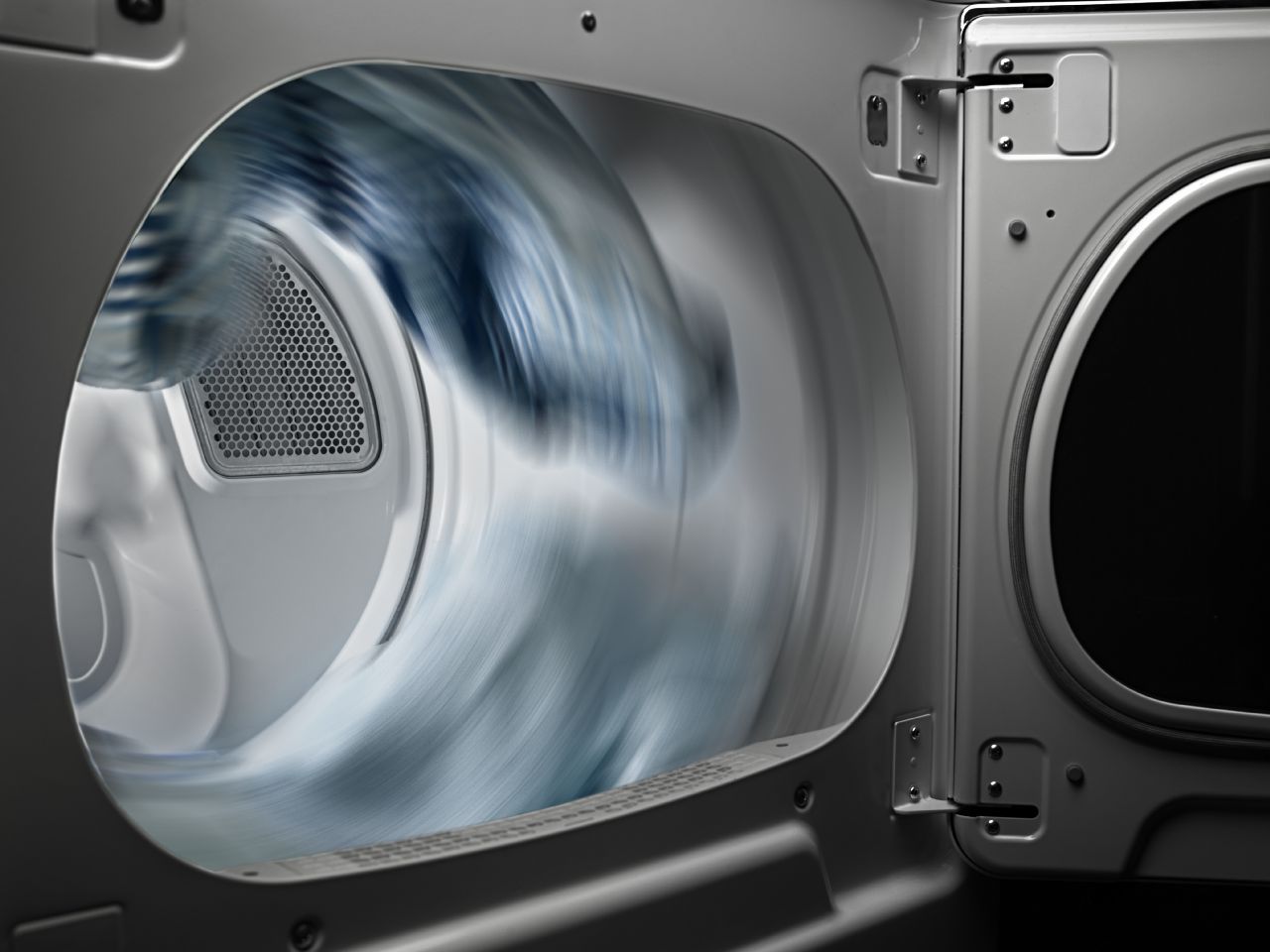
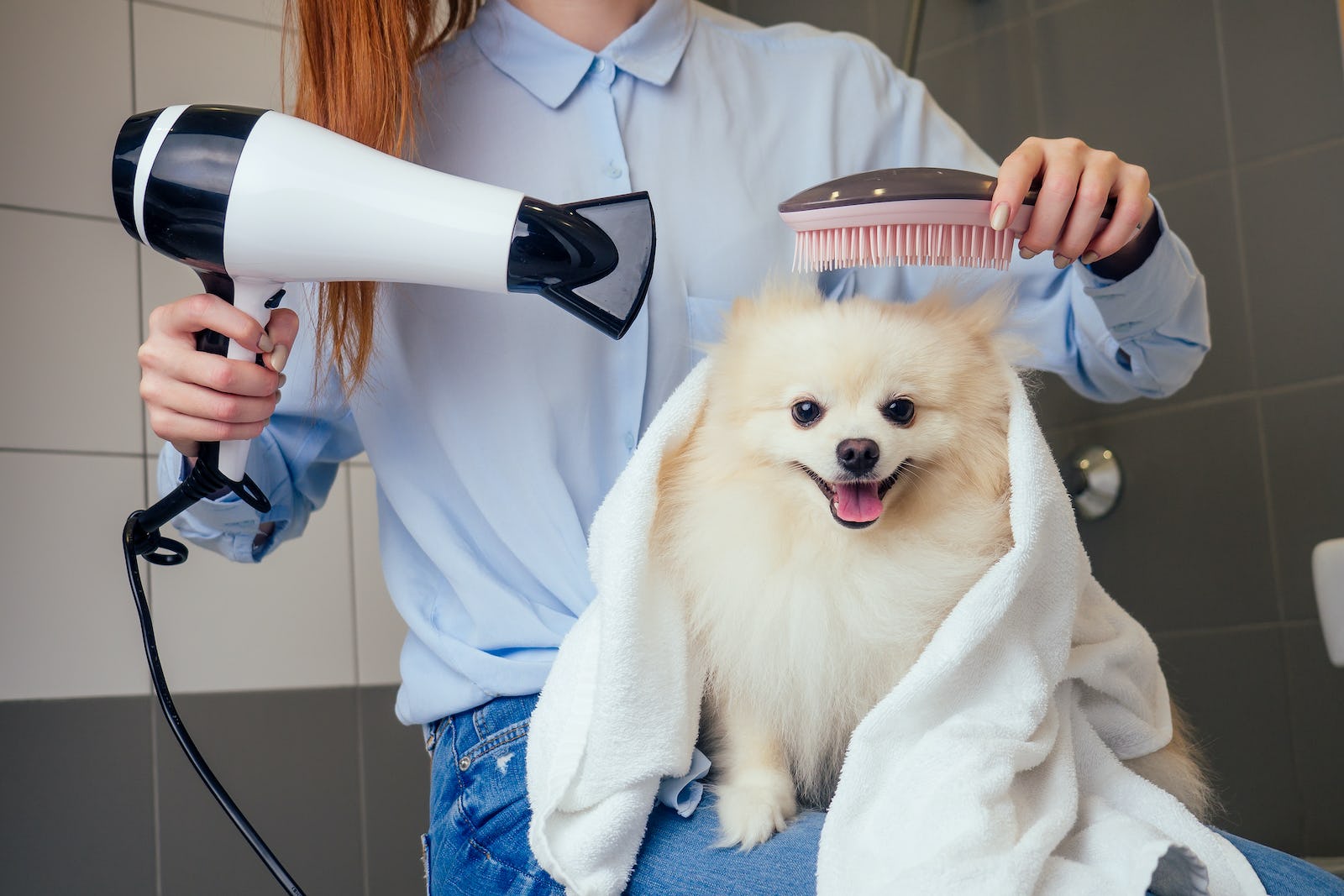

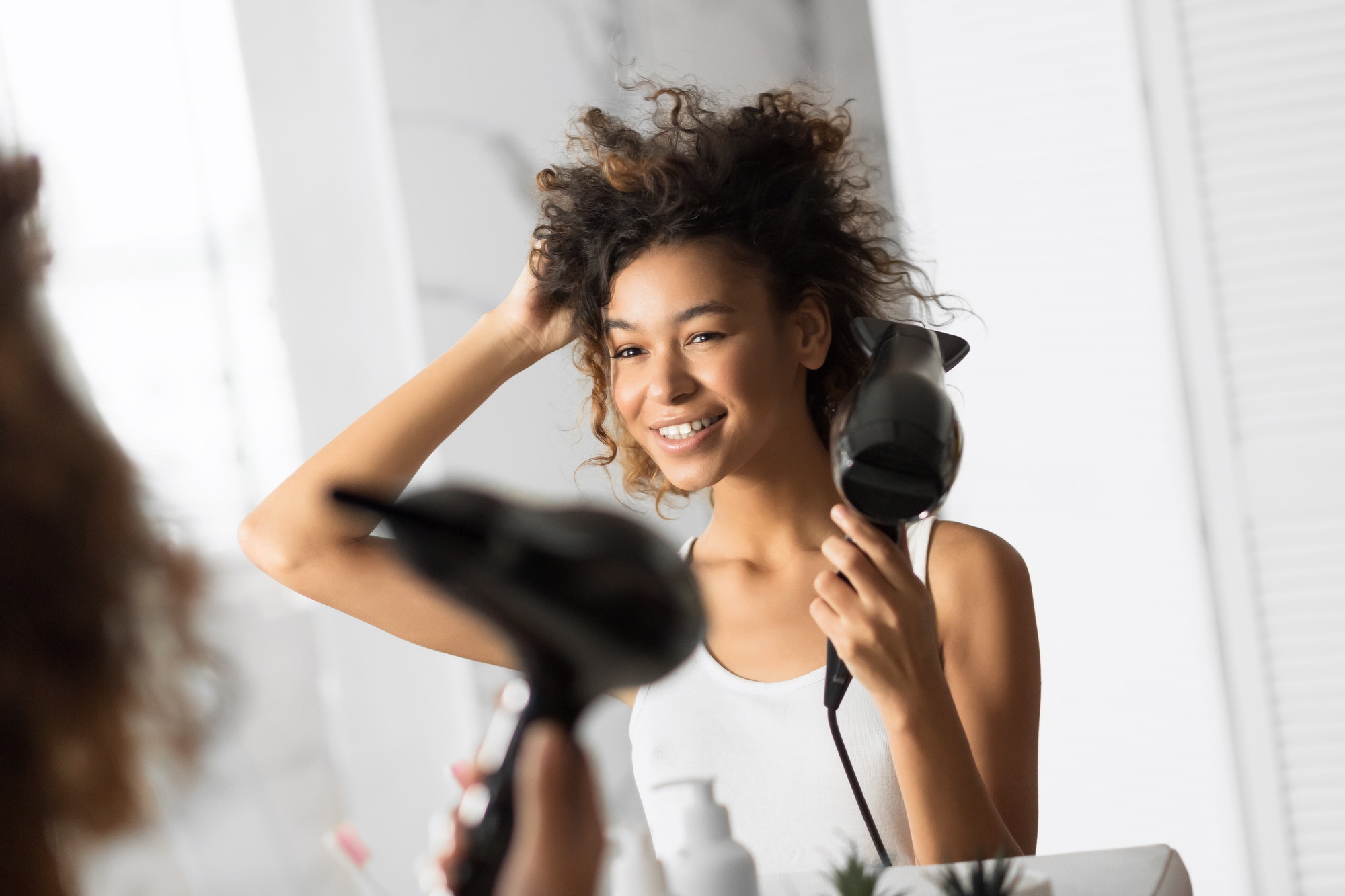
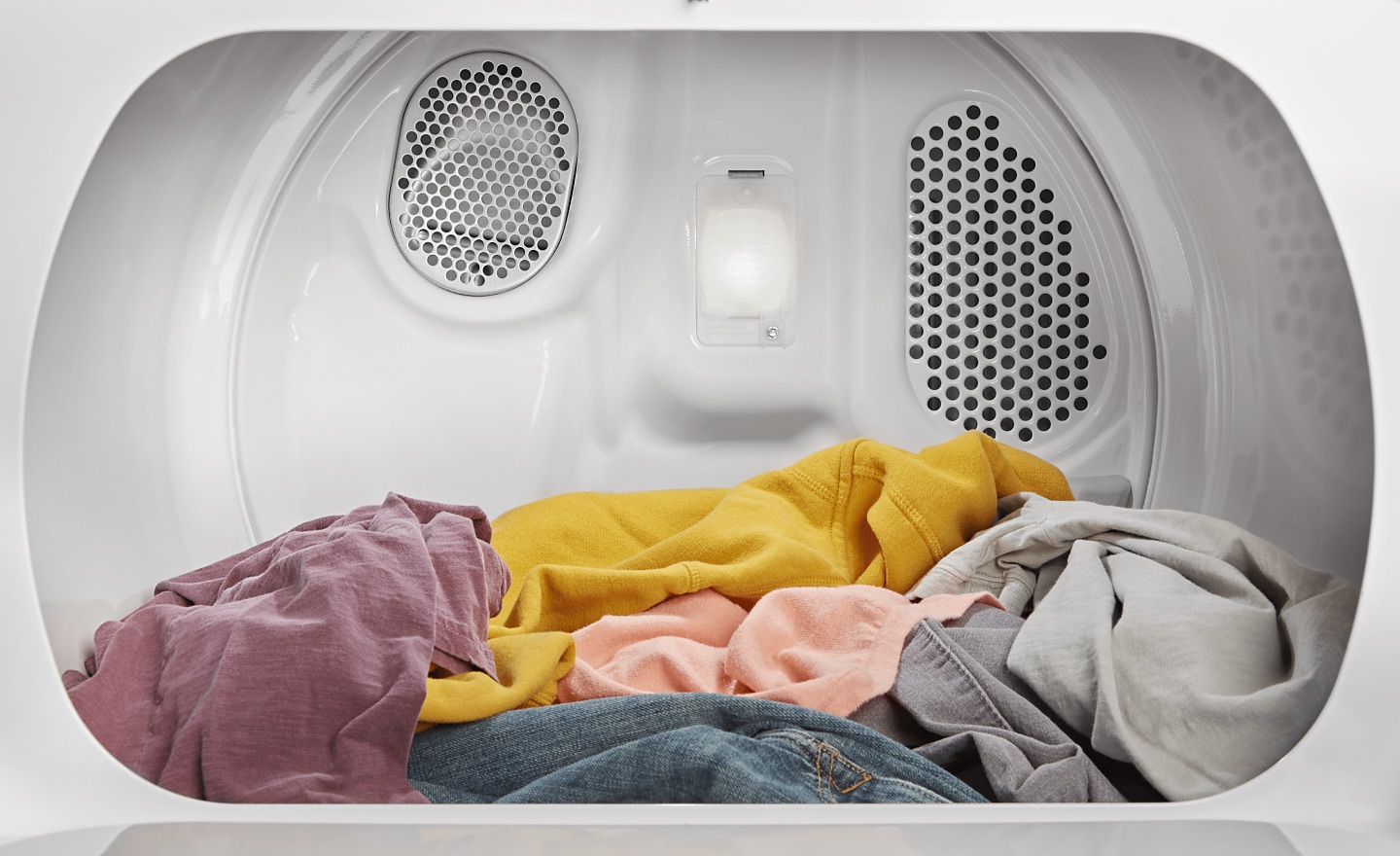
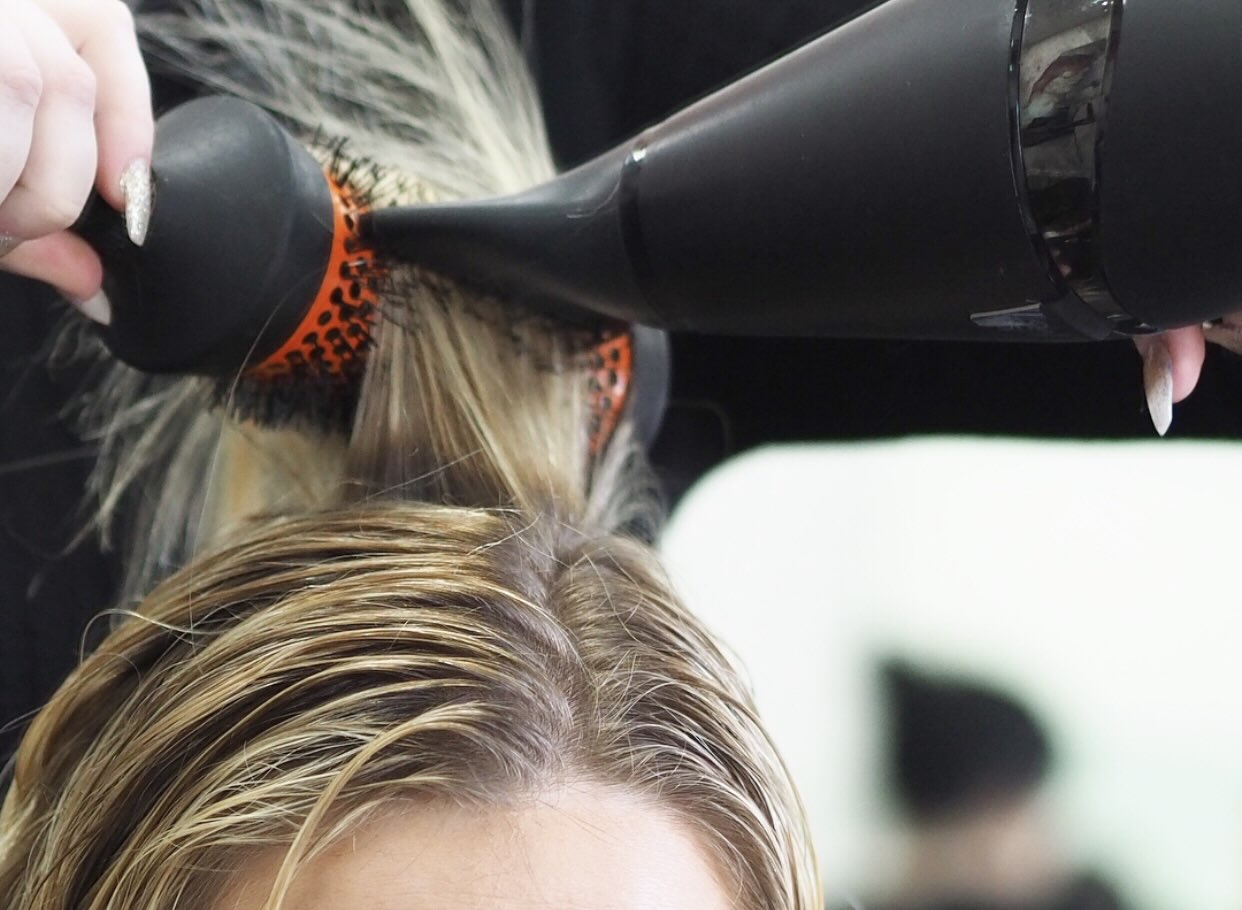
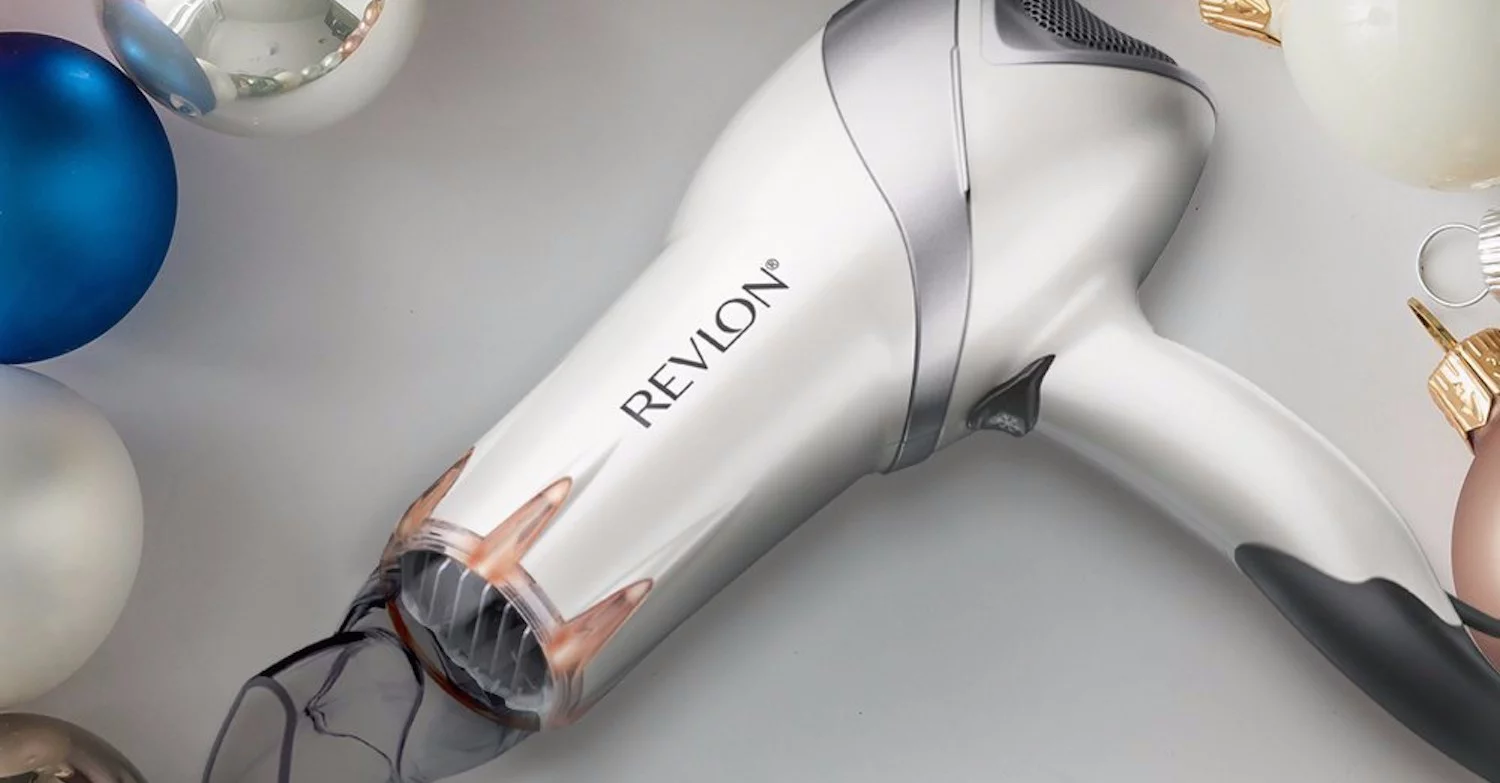
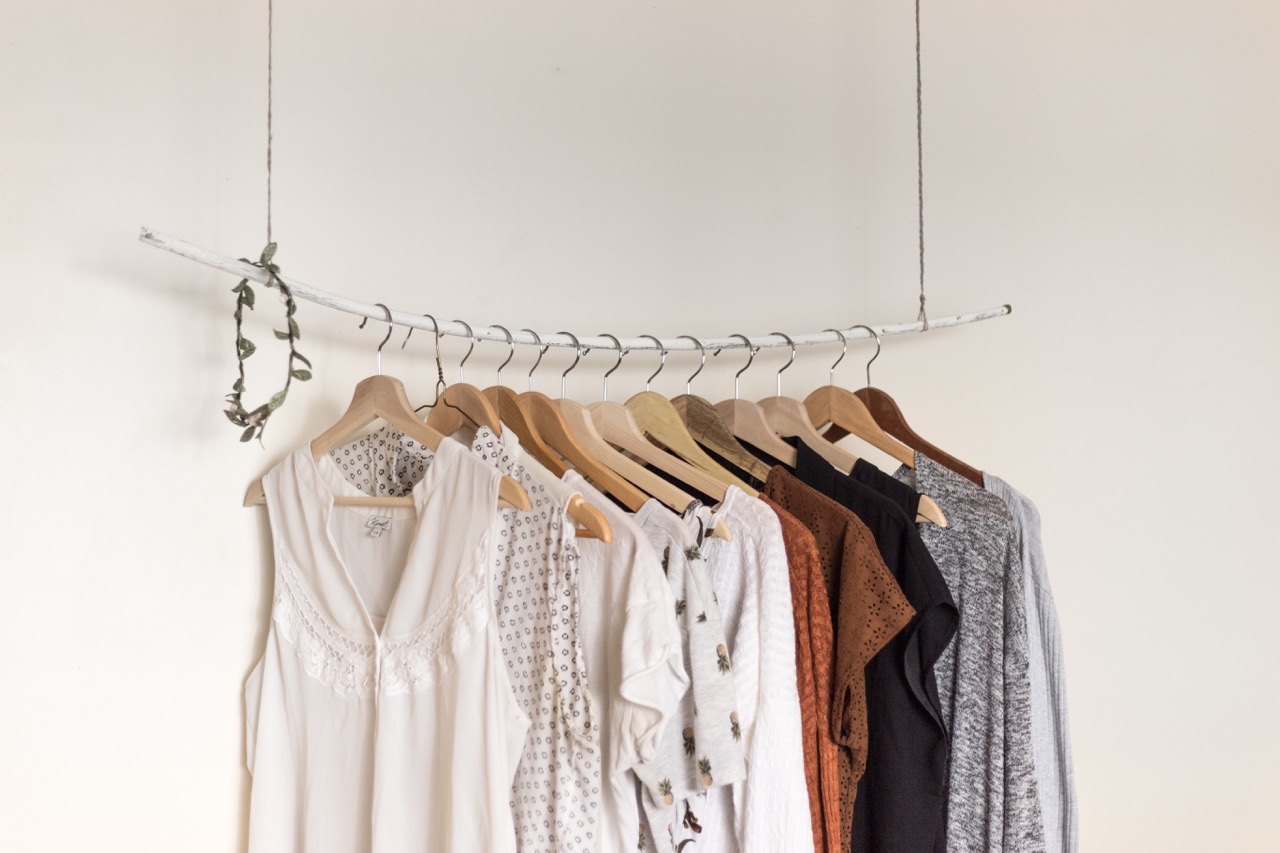
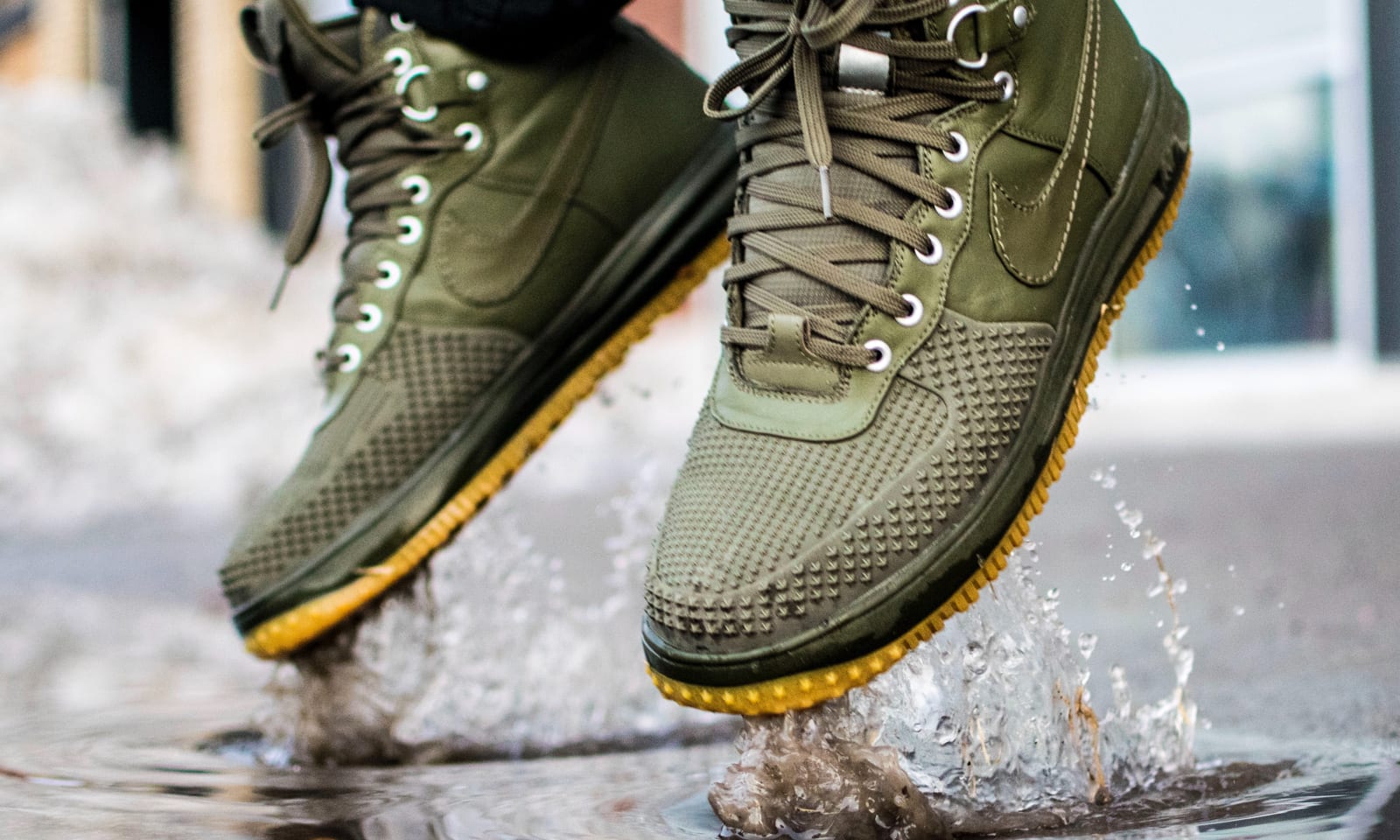
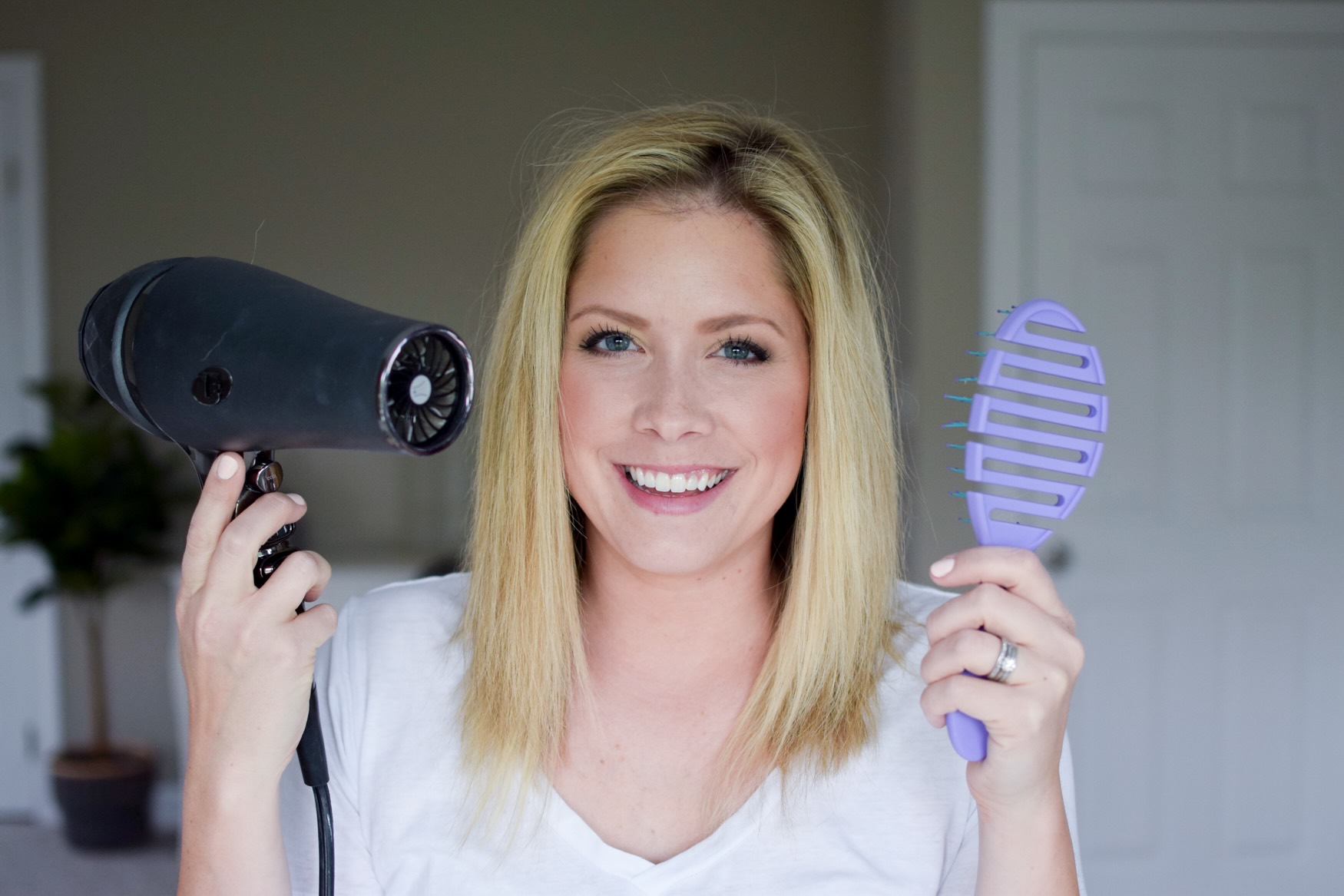
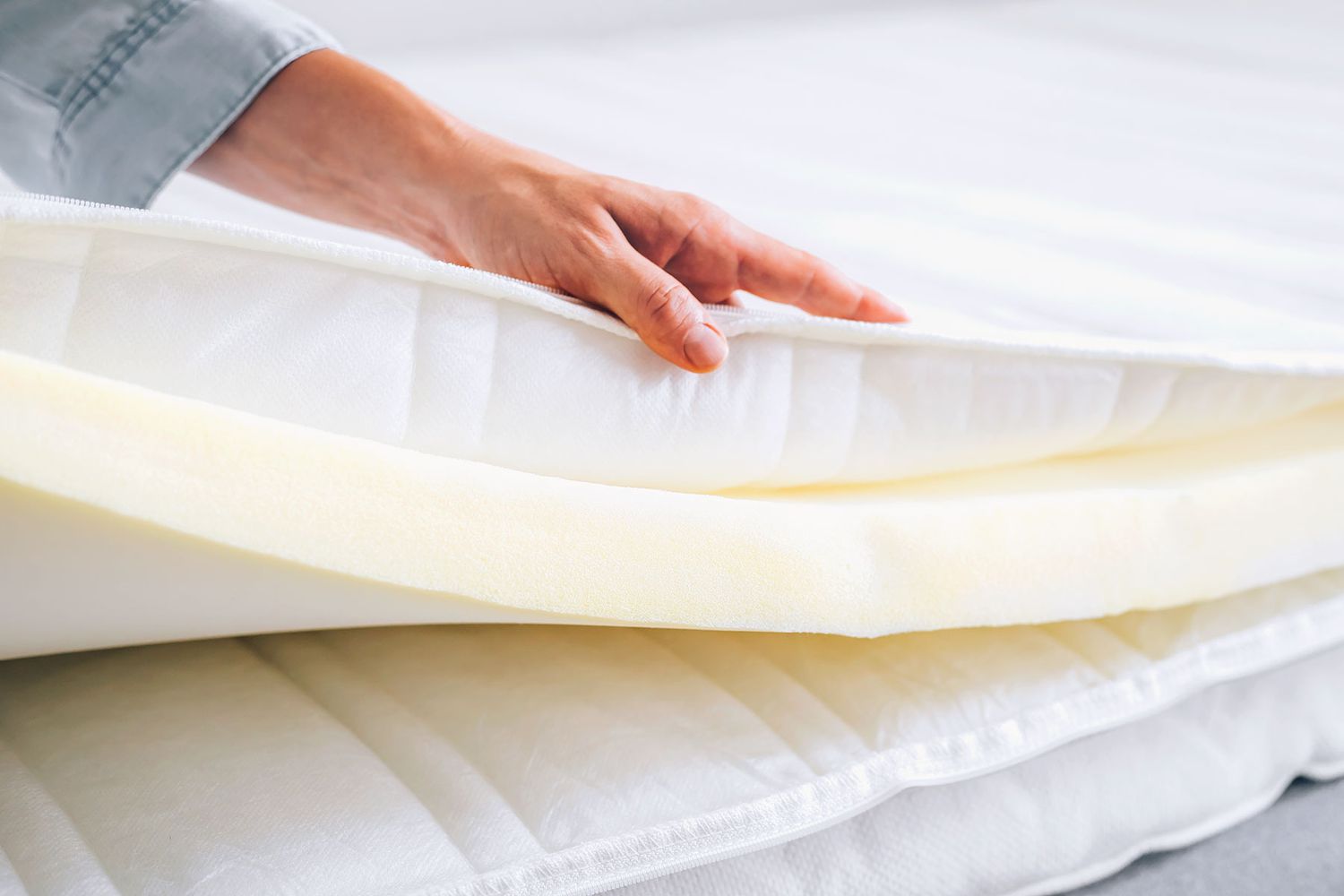
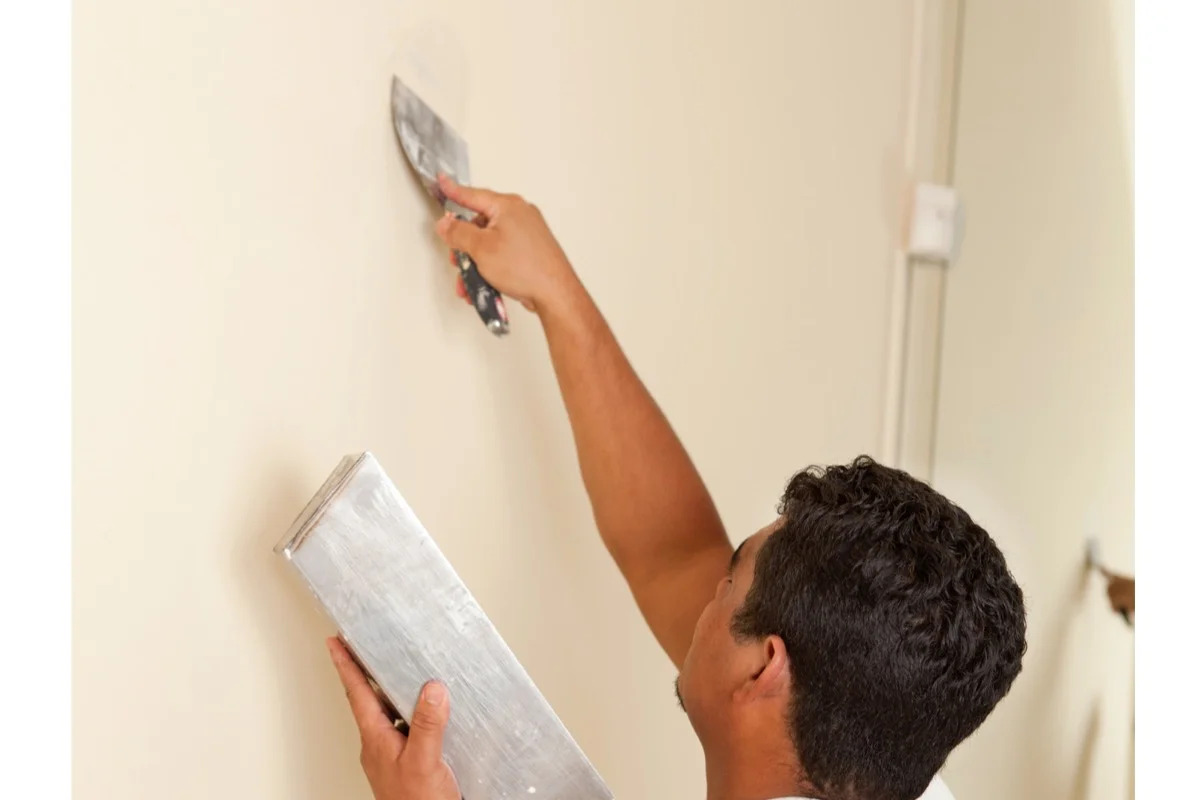
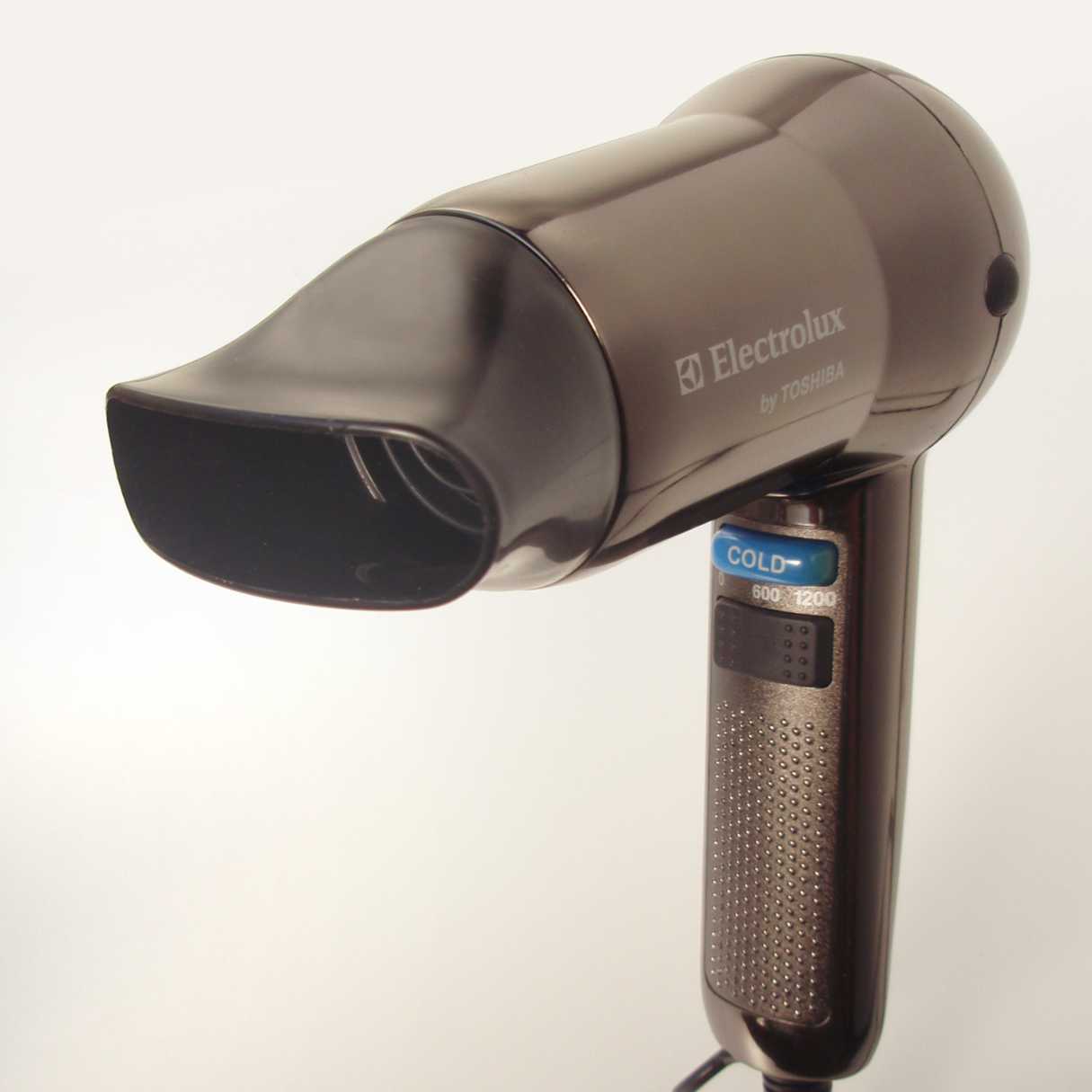
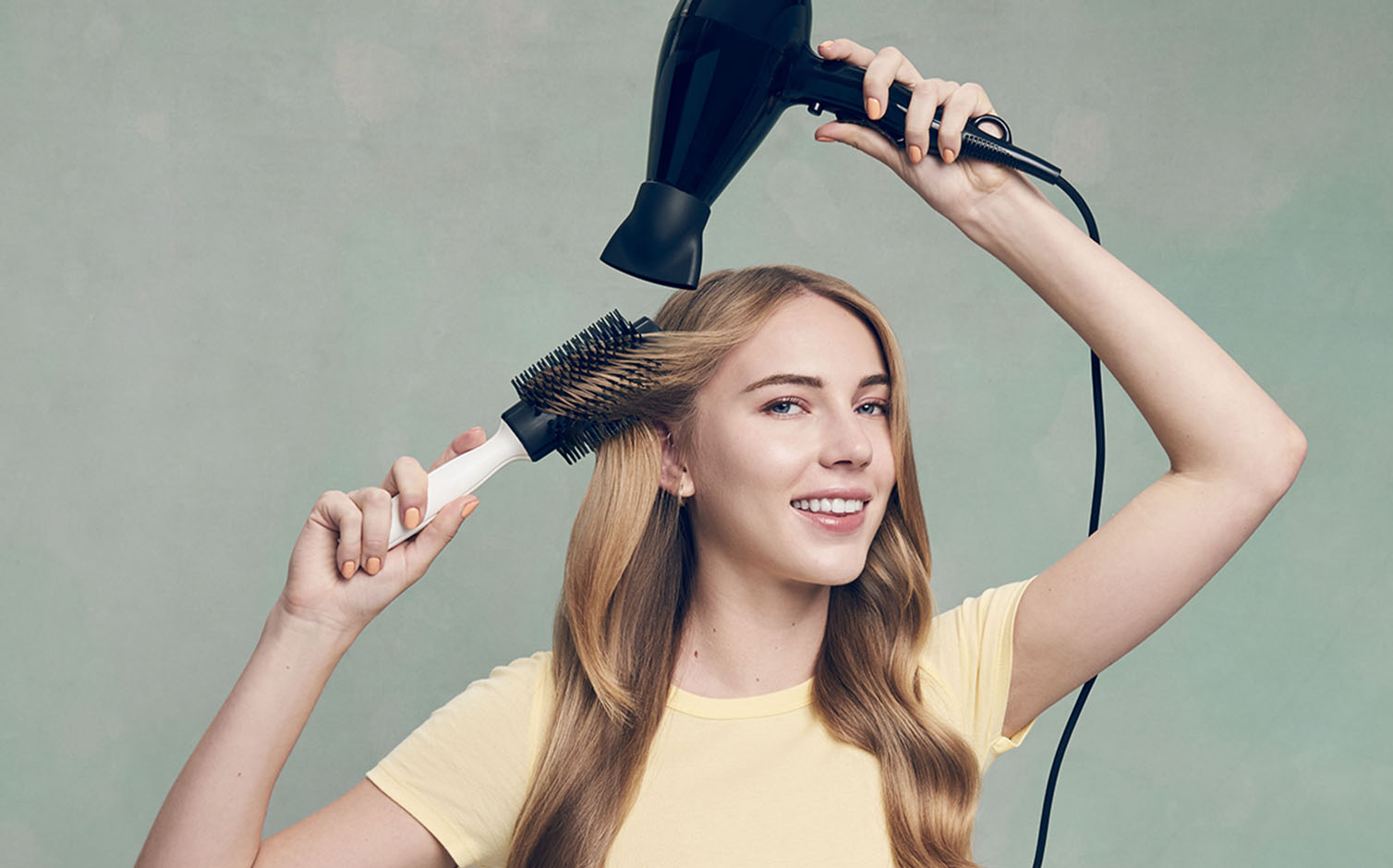

0 thoughts on “How To Make Paint Dry Faster Without A Hair Dryer”